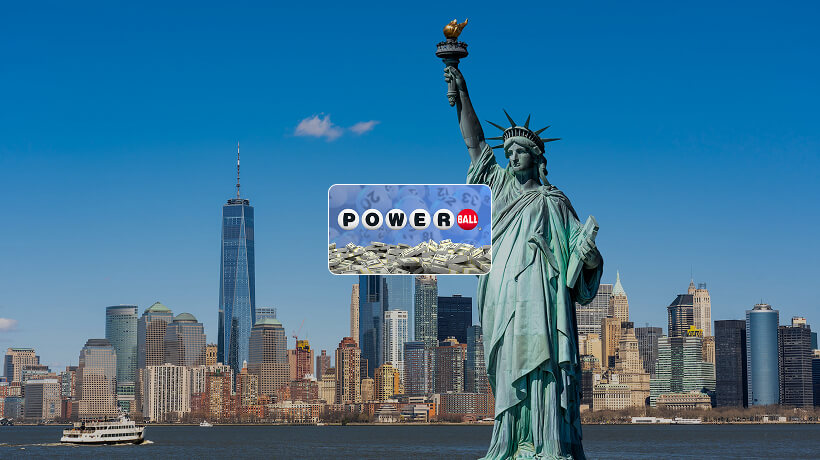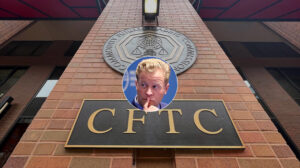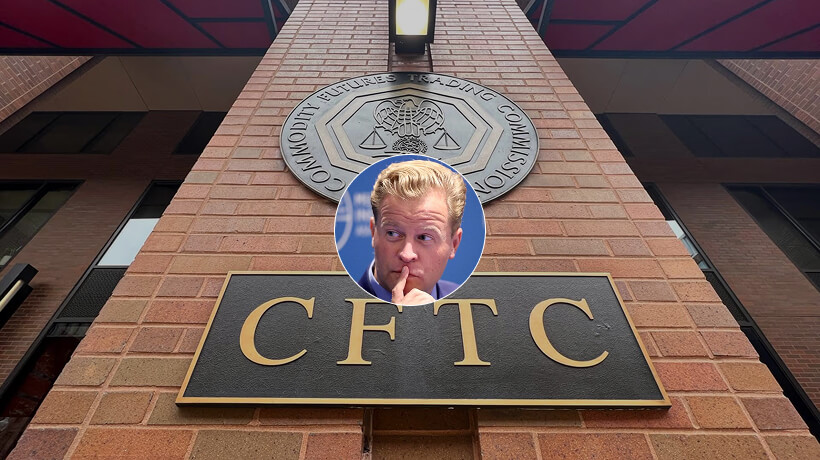New York did not produce a winner for the massive $1.787 billion Powerball jackpot on September 6, but the state still profited significantly during the three-month rollup cycle. Missouri and Texas split the top prize, yet New York generated $154 million in total benefits from ticket sales that began on June 2.
Why This Rollup Delivered Such Massive Returns
Commission Chair Brian O’Dwyer explained that large jackpots drive excitement, boosting sales that benefit both schools and small businesses. The three-month rollup allowed anticipation to build as the prize grew. More than 100 New Yorkers won prizes of $50,000 or higher, including seven second-prize winners who took home $1 million each. Additional Power Play prizes ranged from $100,000 to $200,000.
Most of the 110 winning tickets worth at least $50,000 were sold through local convenience stores, gas stations, and supermarkets, highlighting the importance of small businesses in the lottery distribution network.
What New York’s Lottery System Actually Accomplishes
Since 1967, the New York Lottery has generated over $86 billion for education funding. In fiscal year 2024 alone, it contributed $3.8 billion to public schools across more than 700 districts. The “A Chance to Dream” campaign reinforces the educational mission, emphasizing that each jackpot cycle benefits schools and communities regardless of whether New York produces the top prize winner. Schools received $64.3 million from the recent rollup, while retailers collected $11 million in commissions.
How These Benefits Keep Flowing
The Powerball jackpot has reset to $20 million for the next drawing, but the revenue cycle continues. Each drawing generates funds for education and retailer commissions regardless of a local jackpot winner. High jackpots also boost foot traffic and overall sales for local businesses, particularly convenience stores and gas stations.
The New York State Gaming Commission confirmed that this rollup reinforced the lottery’s role as a consistent revenue driver for both public education and independent retailers across the state. Even without a jackpot winner, residents and institutions benefited significantly from the cycle.











